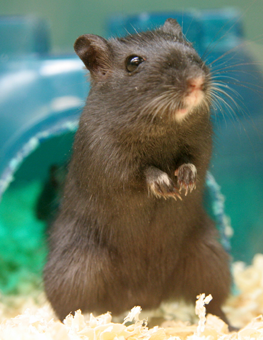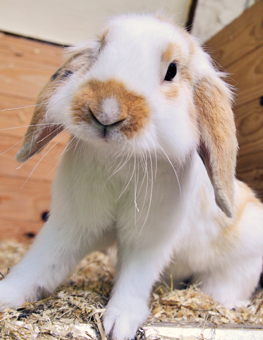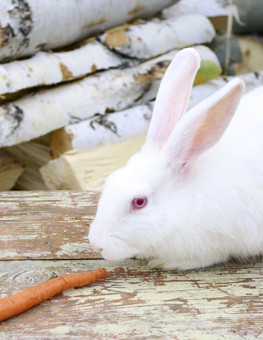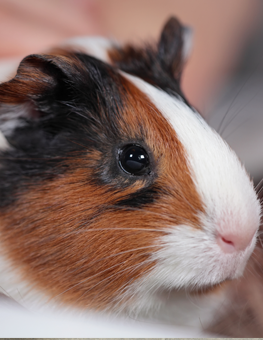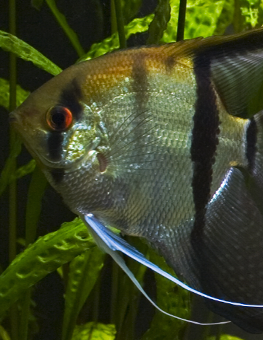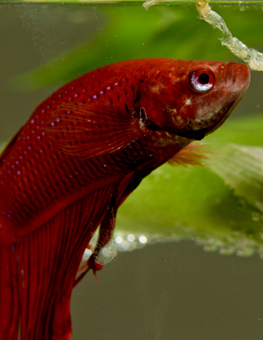Preventing Escapes: How to Keep Your Small Pets in Their Cages
A big house is no place for small pet. It’s important to keep their sense of adventure in check to keep them safe.
Small pets have an uncanny ability to follow their curiosity to unknown places beyond the walls of their cages and habitats. Using their wit and wile they often find themselves wandering the halls of your house, exposed to all the dangers that come with that territory. To help prevent this dangerous situation, as well as a long and frustrating search and rescue for you and your family, you should make sure you know how to keep your small animal, be it a rat or mouse or hamster, in his cage.
- Proper Cage: This is obviously one of the most important aspects of preventing small pet escape, so it’s important to know what you should look for in a cage.
- Bar Spacing:
If you’re keeping your small pet in a wire cage, you need to ensure that the cage has the proper amount of space between the wires. Anything too wide and your furry friend will be able to wriggle his way through. For mice, the spacing should be no greater than ¼ inch. For rat cages, this number is ½ inch. Guinea pig, rabbit and ferret cages should not have greater than 1 inch spacing. Using a tank as your small pet’s habitat is one way to keep from worrying about bar spacing. - Keep a Lid On it!:
Your small pets may surprise you; no matter how high the sides of their cage or tank are, they always seems to be able to get to the top. For this reason, your cage should always have a lid. But sometimes even this won’t be enough; many crafty pets can figure ways to pop open a loose lid. You should make sure your lid is very secure and maybe even consider reinforcing it. Keeping a dictionary on top would weigh it down and ensure your pet’s safety. - Check Every Corner:
Many small pet cages are complex and have lots of features (tubes, wheels, hideouts, etc) that could be loose or not secured properly. They could be covering potential escape routes for your small pet. If you have a cage like this, or even have a very simple cage, make sure to check every nook and cranny for potential weaknesses. One common weakness is the door, which can provide an escape route if loose or improperly secured.
- Bar Spacing:
- Careful Feeding: If your small pet’s habitat has a door that is placed at cage floor level, you need to be watchful when opening it for feeding or any other reason. Small pets can be very fast and may dart by your hand before you can react.
- Keep Away From Larger Animals: If you have cats or dogs as well as small pets, you will have to be extra careful with your cage. Predators can see your small pets as prey and may try to break into their cages. Even if they don’t catch anything, they can damage the cage and create escape routes.
- Educate Children: Kids are often the perfect accomplices to a small pet escape artist. Children wanting to play with a small pet may not understand how easily they can be set free. Be sure to educate your child on keeping your small pet safe inside his home.







